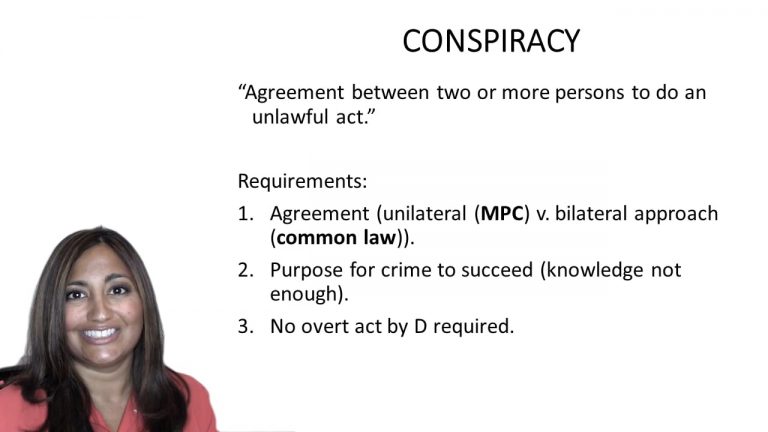SmartBrief
Confirm favorite deletion?
Criminal Law Keyed to Gershowitz
State of Connecticut v. Jose Colon
Citation:
257 Conn. 587, 778 A.2d 875.Facts
The police received an anonymous telephone call alerting them to a homicide at an abandoned building. When the police arrived, they discovered the body of Hector Nieves. The victim had been stabbed several times in the head, neck, arms and torso, and also appeared to have been beaten about the head.
Police officers began questioning local residents about the homicide. They interviewed Kevin Soto and realized that his voice was the unidentified 911 caller. He admitted to his role in the murder and also implicated the defendant. The defendant was arrested and charged with murder and conspiracy to commit murder. He was convicted of both.
Kevin Soto, in a separate trial, was acquitted of conspiracy. The defendant appealed, arguing that because his sole alleged coconspirator, Soto, was tried on the same charges, based on identical underlying facts, and acquitted by a jury of the charge of conspiracy to commit murder, he also must be acquitted of the conspiracy charges.
Only StudyBuddy Pro offers the complete Case Brief Anatomy*
Access the most important case brief elements for optimal case understanding.
*Case Brief Anatomy includes: Brief Prologue, Complete Case Brief, Brief Epilogue
- The Brief Prologue provides necessary case brief introductory information and includes:
Topic:
Identifies the topic of law and where this case fits within your course outline.Parties:
Identifies the cast of characters involved in the case.Procedural Posture & History:
Shares the case history with how lower courts have ruled on the matter.Case Key Terms, Acts, Doctrines, etc.:
A case specific Legal Term Dictionary.Case Doctrines, Acts, Statutes, Amendments and Treatises:
Identifies and Defines Legal Authority used in this case.
- The Case Brief is the complete case summarized and authored in the traditional Law School I.R.A.C. format. The Pro case brief includes:
Brief Facts:
A Synopsis of the Facts of the case.Rule of Law:
Identifies the Legal Principle the Court used in deciding the case.Facts:
What are the factual circumstances that gave rise to the civil or criminal case? What is the relationship of the Parties that are involved in the case.Issue(s):
Lists the Questions of Law that are raised by the Facts of the case.Holding:
Shares the Court's answer to the legal questions raised in the issue.Concurring / Dissenting Opinions:
Includes valuable concurring or dissenting opinions and their key points.Reasoning and Analysis:
Identifies the chain of argument(s) which led the judges to rule as they did.
- The Brief Prologue closes the case brief with important forward-looking discussion and includes:
Policy:
Identifies the Policy if any that has been established by the case.Court Direction:
Shares where the Court went from here for this case.

 10m 19s
10m 19s